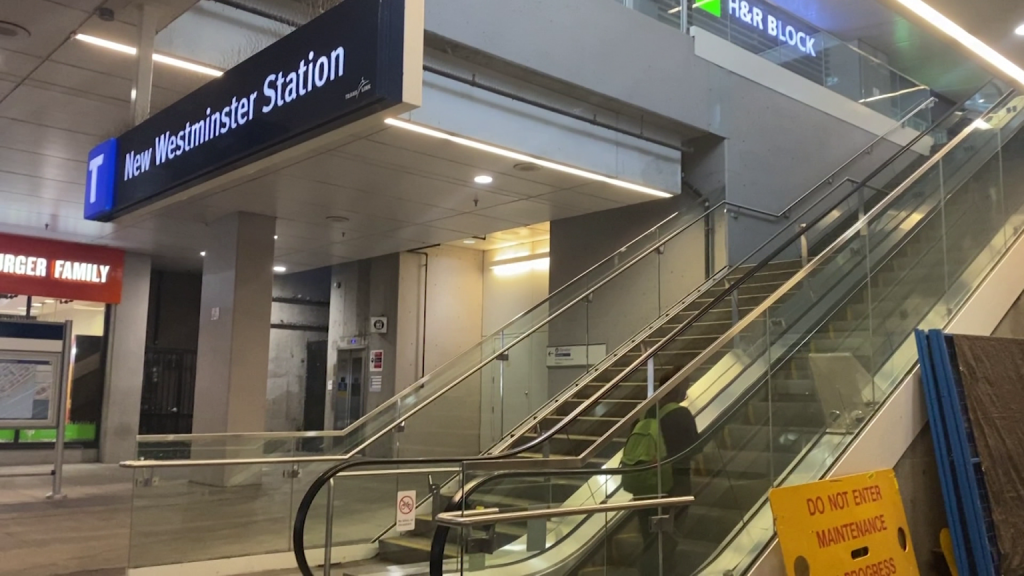B.C. offers new pay model for doctors to help health crisis
Posted October 31, 2022 10:24 am.
Last Updated October 31, 2022 9:52 pm.
Family doctors in British Columbia are getting a raise under the province’s new compensation model as part of a plan to address the province’s health care system crisis.
The new payment model will be available to family physicians as of next year. As of February 2023, a full-time family doctor will be paid on average $385,000 annually, up from the current $250,000.
Health Minister Adrian Dix says one of the changes will factor in time spent with patients, not simply how many patients a doctor sees in a day.
“Importantly it will help maintain their business autonomy, giving them more flexibility to create the kind of practice that works for them and, most importantly, for their patients,” he said Monday.
“This brand new model takes into account five factors, including the time a doctor spends with a patient, the number of patients a doctor sees in a day, the number of patients a doctor supports through their office, the complexity of the issues a patient is facing, and administrative costs currently paid directly by family doctors.”
The province says it co-developed the plan with Doctors of BC and BC Family Doctors, adding it “marks a departure from the fee-for-service model.”
This does all come at a cost, of course. It’s a deal in which the province will be spending an extra $708 million by year three.
The government hopes the move will attract new doctors and encourage those working in the province to stay in B.C.
Related articles:
-
B.C.’s family doctor announcement ‘disingenuous’, specialist says
-
B.C. family doctors to receive funding from province
-
Health care workers rally over B.C. family doctor shortage
“We know how important family doctors are in B.C.,” said Premier John Horgan. “Rising costs, pandemic-related pressures and staffing shortages required action for doctors on several fronts. Working with the Doctors of BC, I am pleased that we have come up with a new payment model that makes B.C. a province that attracts, retains and supports family doctors, and ensures they can focus on what matters most [in] providing care to patients when they need it.”
The new three-year Physician Master Agreement was reached with Doctors of BC last week. It has yet to be ratified.
In addition to providing “a more equitable payment” to family doctors for the work they do, the province says the new model “recognizes their value in providing full-service primary care to patients.”
The multi-year agreement, meanwhile, also aims to improve care, gender equity, Indigenous reconciliation, and workplace safety, while addressing what stakeholders call “work completed after regular operating hours by advancing improvements to existing alternative physician payment contracts and increases.”
“We are excited about these two major developments that we believe will make a real difference in helping to improve health care in B.C.,” said Dr. Ramneek Dosanjh, president of Doctors of BC.
Dosanjh, who notes the agreement still needs to be voted on by members, says the deal “recognizes the value of the work doctors do every day.”
“The new payment model option for family doctors is unique in Canada, bringing together the best of a range of payment methods. The goal is to not only stabilize longitudinal family practice, but to also make it sustainable and rewarding. Everyone deserves a family doctor, and this new option is a major step toward making that goal a reality,” she added.
The B.C. doctor shortage has been an ongoing issue that was exacerbated by the COVID-19 pandemic. Many on the frontline have repeatedly raised concerns about the state of the health system, saying it has been dire for a long time.
Earlier in October, the provincial government announced the signing of 54 newly graduated family doctors who had accepted new jobs. However, that announcement didn’t come without criticism, with some wondering when more help would arrive.
The month before, B.C. announced a strategy that promised 70 “key actions” including the recruitment, training, and retention of healthcare workers.
It’s been estimated that about one million British Columbians don’t have access to a primary care provider.
Questions remain over B.C. doctor backlog
While many are applauding the province’s new pay model for family doctors, some wonder how exactly it will work.
Dr. Rita McCracken, a family physician and assistant professor at UBC, says the agreement is not about how the health system is organized or how it will be transformed — much of it really comes down to how doctors will be paid.
She understands the difficulty many British Columbians are facing in accessing primary care, adding the updates to the Physician Master Agreement don’t necessarily mean “more people are going to get family doctors” in and of itself.
Details around some of the other changes, including a “provincial roster system,” also still need to be ironed out.
“I’m a researcher and I love counting things, so absolutely, I think us having information about who gets to see a family doctor and who doesn’t get to see a family doctor is going to be very important. Right now, we only see somebody in the system if they actually have access to the system, so it’s hard for us to see people who don’t have access. So this rostering system or this provincial attachment system, there’s still a lot of details to be worked out,” McCracken explained.
“There’s a lot of questions to be answered but absolutely, us having a system where a patient creates a more permanent relationship with a primary care clinic and physicians and nurses who work at that clinic is absolutely the way to go. That’s what we see high-performing primary care systems around the world doing, not just having the patient needing to jump here and there.”
While pay is a key issue, McCracken believes there are other measures that are needed to improve patients’ access to care — mainly funding in infrastructure.
“We need to invest in the clinics — the places where the doctors are going to go work and the patients are going to get care, and where the teams, including nurses, social workers, physios, counsellors, where they are going to be to provide that care,” she said.
-With files from The Canadian Press and OMNI News










